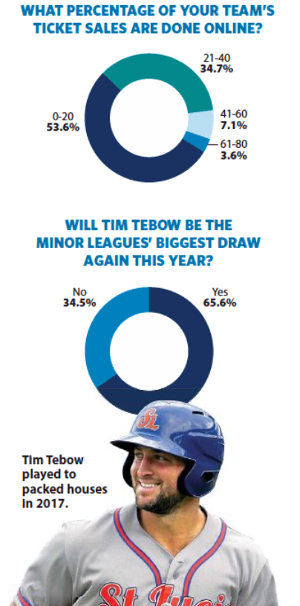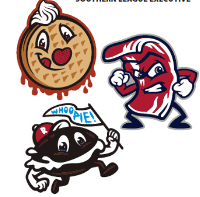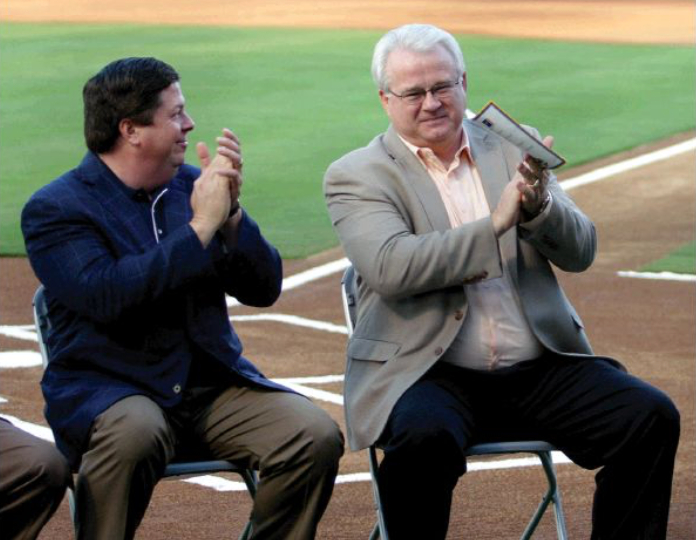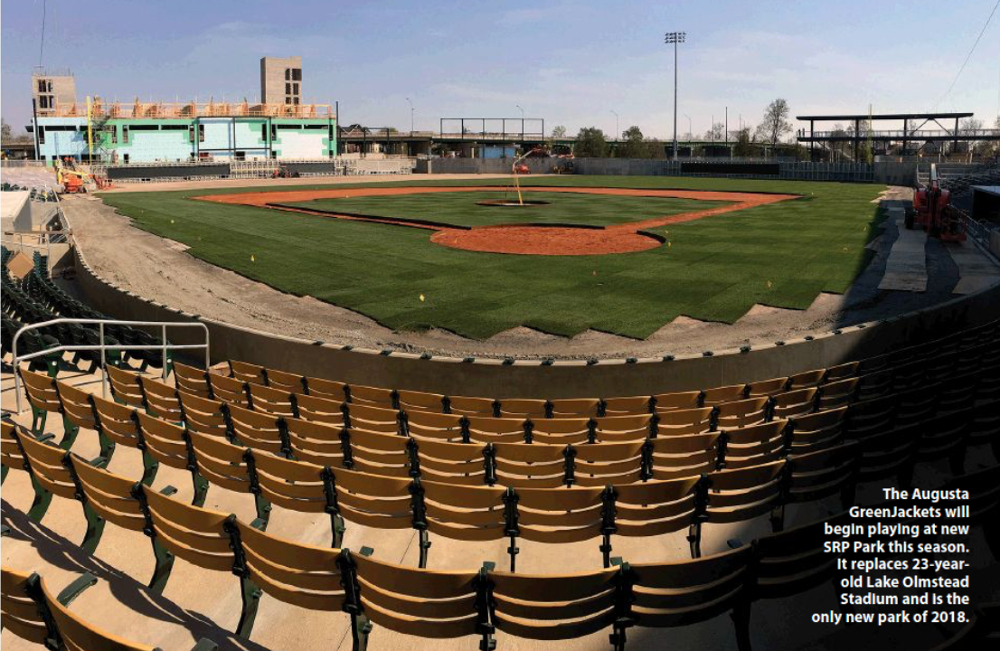Minor League Survey 2018


Image credit: Spirit Communications Park in Columbia, S.C., is home to the South Atlantic League affiliate of the Mets

Welcome to our third annual Minor League Survey, in which Baseball America asks executives around the league a series of questions in order to take the temperature of the sport.
The most important changes in the minors leagues this year are to the rulebook. In mid-March, Minor League Baseball announced a series of sweeping changes designed to improve pace of play and keep teams from losing money. The biggest newsmaker involved extra innings. Under the new rules, extra innings at every level will begin with a runner on second base.
This move is designed to curb marathon games that cost franchises money and put teams in peril of using position players to pitch. MiLB also instituted 15- and 20-second pitch clocks and moved to curb the number of mound visits per game.
Until the new rules were announced, the minor league offseason was very quiet. Just two teams changed their names, two more tweaked their logos, one affiliation changed and one opened a new park. So with most everything staying static, we decided to add a few longer form questions to the mix. We gave executives the keys to the minors and asked them to tweak the affiliation shuffle and their own ballparks to their specifications. We also asked about fishy rebrandings at high Class A Tampa and Triple-A Gwinnett and about the best in-game promotions—and if anything can overtake the bobblehead in terms of popularity.
Some of the answers were predictable, while others fell in line with what would be expected. Most executives who responded believed that quarterback-turned-Mets farmhand Tim Tebow would once again be the biggest draw in the minor leagues.
Our polling also showed that the world of ticket sales is shifting online. For a deeper peek inside the minor leagues, read on.
Fish Story
After the minors were dominated by food names two seasons ago, both name changes this time wound up being fish-centric.

Promotions
What’s The New “It” Promotion?
Bobbleheads have been one of the most prolific promotions over the last few decades in the minor leagues. We asked execs what’s next.
“For good or bad, food-themed promos are everywhere. There seems to be an abundance of throwback jerseys this year, too.”
—Southern League executive

Richmond Waffles (aka the Flying Squirrels), Reading Whoopies (aka the Fighting’ Phils), Lehigh Valley Bacon (aka the Iron Pigs).
“Celebrity appearances with a customized theme night built around that appearance. Giving fans the opportunity to meet and greet a celebrity, particularly a ‘retro’ celebrity, has recently become the ‘it’ promotion at our ballpark because it appeals to every one of our constituencies (media, corporate partners, and most importantly, fans). This type of promotion also allows us to market and promote the event in fun, creative ways.”
—Texas League Executive

Executive Decision
If You Were Pat O’Conner For A Day, How Would You Change The Affiliation Shuffle?
The most common answer to this question involved lengthening the minimum term of the Player Development Contract, the affiliate agreement between minor league franchises and MLB teams, from two years to four years to promote more stability.
In addition, one GM suggested requiring MLB teams to own a stake in the franchise, thus putting them on the hook for improvements to the ballpark. Others toyed with the idea of allowing teams to (legally) speak with other teams about possible affiliations before the affiliation shuffle officially begins. These sorts of things go on already, but lifting restrictions would cause less heartburn and ease the process.
Others simply believe that the current affiliation setup is fine as it is, or is otherwise too complicated to tackle.

Ballpark Upgrades
If You Could Make One Addition To Your Ballpark, What Would It Be?
Surprisingly, there was a plurality in the responses to this question. The most popular item, by far, was a 360-degree concourse, similar to the one in use in places like Columbia.
Other answers included more shaded areas for fans during the hot summer months, space for premium suites and in one case, a new ballpark altogether. But the runaway winner was the 360-degree concourse.
Why? More opportunities to make money. A concourse that encompasses the ballpark allows more opportunities for advertisements and concession stands, which increases the convenience, and thus the likelihood, that fans will pull out their wallets or get their eyes on sponsors’ advertisements.
Moreover, it allows for freedom of movement among fans without surrendering a view of the game. Fans can wander out to whatever food cart or bar or bounce house they choose and still keep an eye on the field—and maybe even reel in a coveted home run ball—from any spot in the ballpark.
Columbia’s park is also open year-round for joggers to use, which keeps the team in fans’ minds all year long without much cost to the team.

Comments are closed.